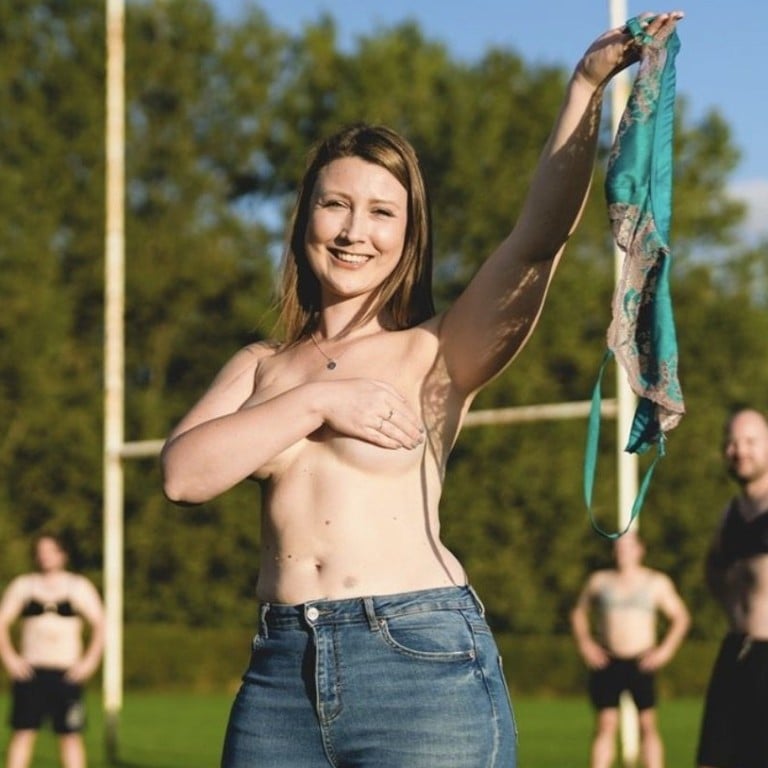
No Bra Day: a reminder to women to celebrate their breasts, get a cancer screening and practise self-examination
- Every October 13 women are encouraged to go braless on No Bra Day, launched by a Canadian doctor 10 years ago to promote awareness of breast cancer
- The bra has a long history as a fashion accessory and a supportive garment, but studies of its value are inconclusive
No Bra Day, celebrated each year on October 13, was launched in 2011 by plastic surgeon Dr Mitchell Brown of Toronto, Canada, to promote breast cancer awareness.
From breast-compressing ribbons used in ancient Greece to tight figure-moulding metal corsets in the 19th century, the journey to the bra as we know it today has been long.
Author and journalist Lijia Zhang, a founding member of China’s first feminist group East Meets West, says that before the bra was invented Chinese women were forced to wear a shu xiong – an old-fashioned girdle for flattening the breasts. Zhang is writing a historical novel inspired by Qiu Jin, China’s first feminist, who unbound her lotus feet in 1903.
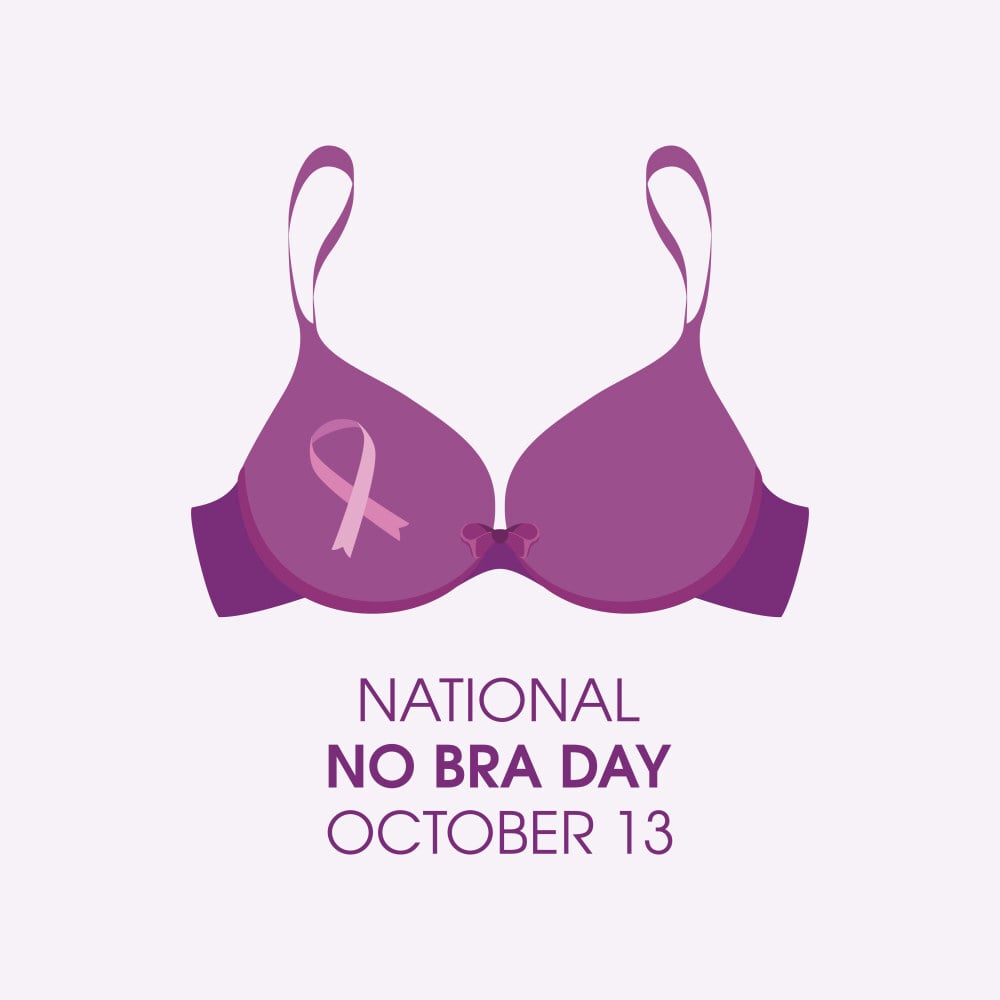
“That was a daring and drastic action at the time – going braless is perhaps less so, but the bottom line is that women should have the freedom to choose when and where to wear a bra – and whether to wear one at all,” says Zhang.
The bra was patented in 1914 as the backless brassiere by New York socialite Mary Phelps Jacob, who is said to have created it from some handkerchiefs and a piece of pink ribbon from her corset while getting ready for a ball. In modern times, the bra has seen phases of extreme popularity, such as during the decade of the power bra, the 1980s, when Madonna set the tone with her famous cone bras.

In the early 1990s, sales of the Wonderbra exploded – not least thanks to the “Hello Boys” advertising campaign featuring supermodel Eva Herzigová, which is said to have caused many a traffic accident as drivers were distracted by the billboards.
But the bra has also been frowned upon. In the 1960s and ’70s, feminist activists urged women to stop wearing bras as a declaration of freedom and power. And in the 2010s, the “Free the Nipple” campaign – joined by celebrities such as Rihanna, Chrissy Teigen and Miley Cyrus – addressed the controversy that men could appear topless in public but it was considered indecent behaviour when women did.

Brzozka, based in Tulum, Mexico, went from hiding her small breasts behind layers of padding to owning and loving them and making them part of her signature look, setting a trend for her 35,000 Instagram followers.
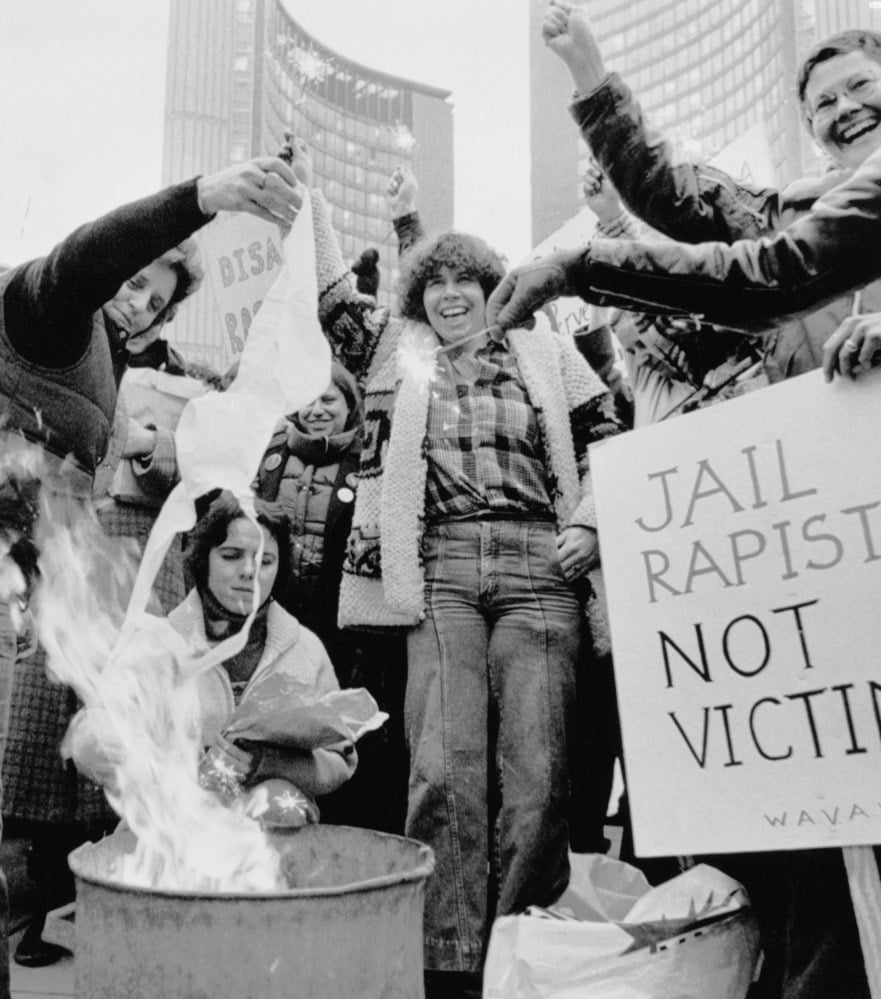
On top of comfort, empowerment and that signature flat-cleavage look, health concerns are another reason some women go braless.
A study published in the European Journal of Cancer in 1991 found that premenopausal women who do not wear bras reduce the risk of breast cancer by half compared to bra users.
Wearing a bra might not be a health risk per se, but many studies have suggested an ill-fitted bra can severely affect the rib cage and cause back and neck pain. A correctly fitted bra helps equally distribute the weight of the bust (which can be up to one kilo per breast) and may even help lift the bust off the rib cage, making it easier to breathe.
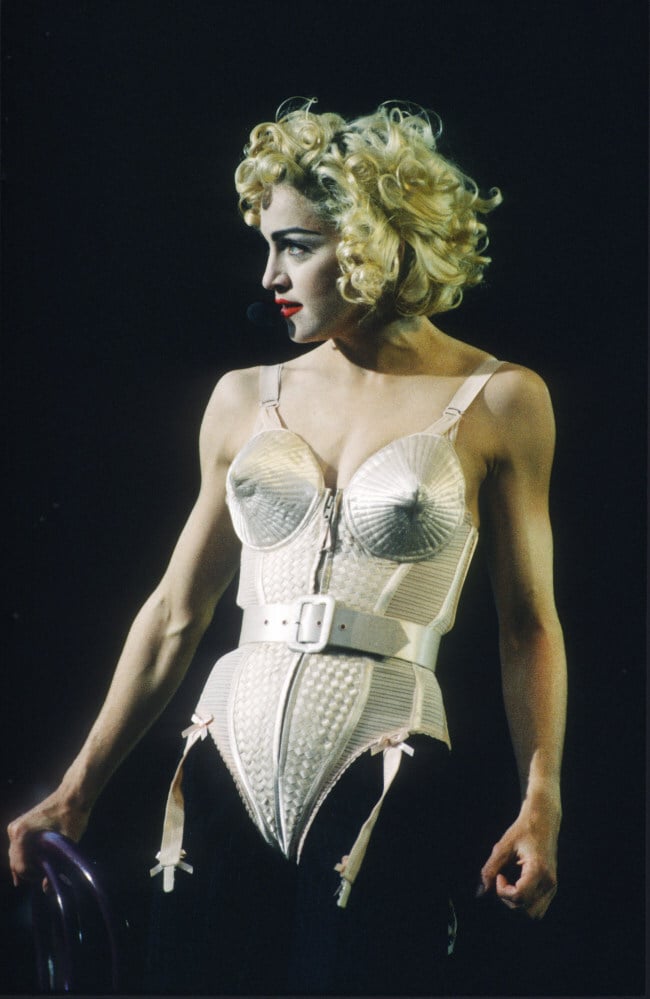
Another school of thought is that going braless for good, or at least most of the time, does not cause back pain. French professor Jean-Denis Rouillon at the University Hospital of Besancon in eastern France suggested this after his still-unpublished study questioned whether ditching the bra would cause breasts to sag.
Over a 15-year period, Rouillon measured the breasts of 330 volunteers aged between 18 and 35, using a slide ruler and a caliper. The unpublished results concluded that women who did not wear bras had a 7 millimetre (0.28 inches) lift as measured from their nipples each year. Their breasts were also firmer, and their stretch marks faded.
However, Rouillon himself suggests that older women may benefit from bra-wearing, and critics question why he studied only young women.
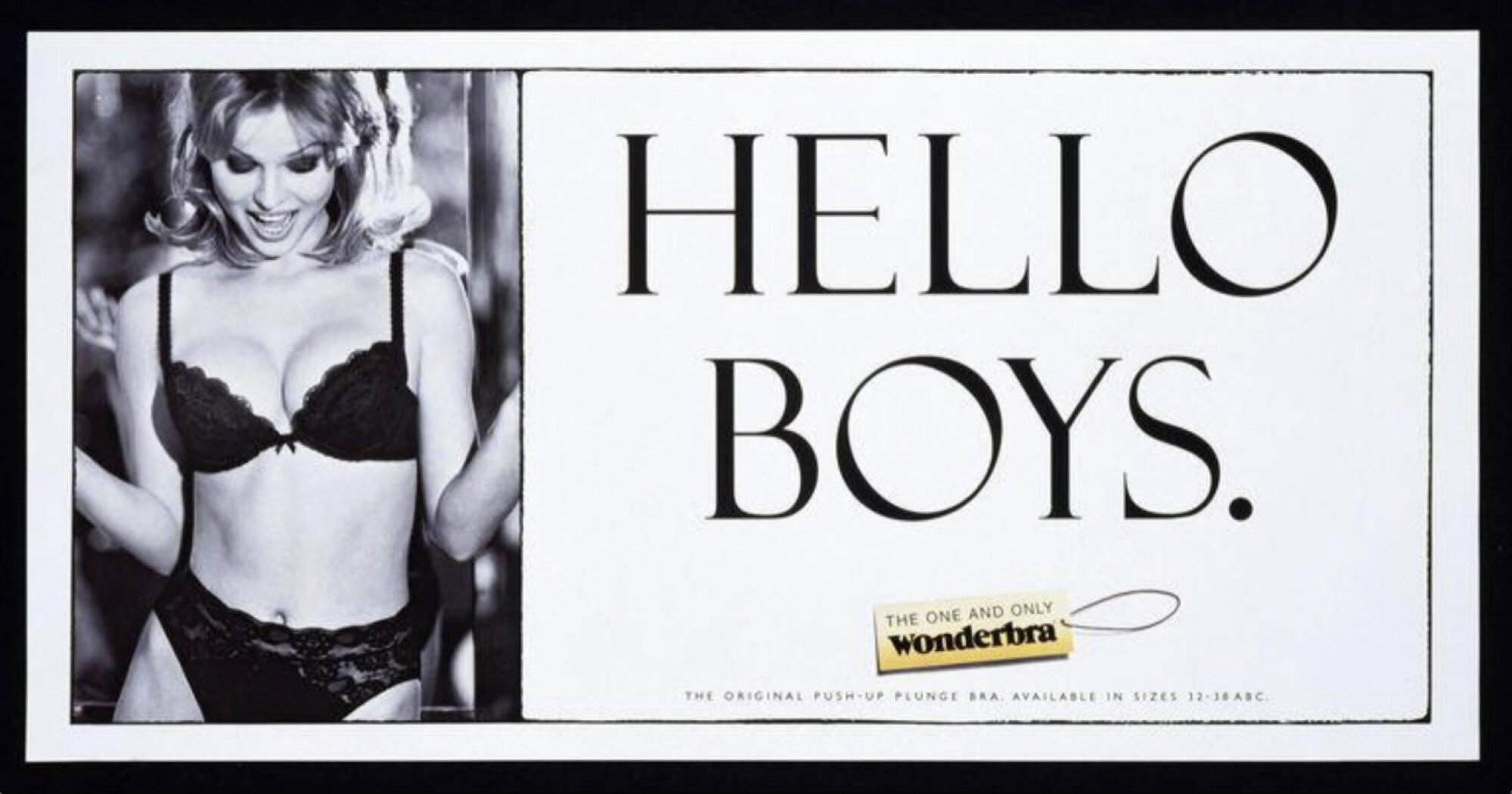
Bras may help boost our self-esteem, making us look good and feel good. They may protect our breasts, keeping them from bouncing during a hard workout. Or they may be uncomfortable and constricting. Whether you view them as good, bad or ugly, pause on No Bra Day – or any day – to go bra-free and celebrate the breasts, have a self-examination and make an appointment to have them checked.

